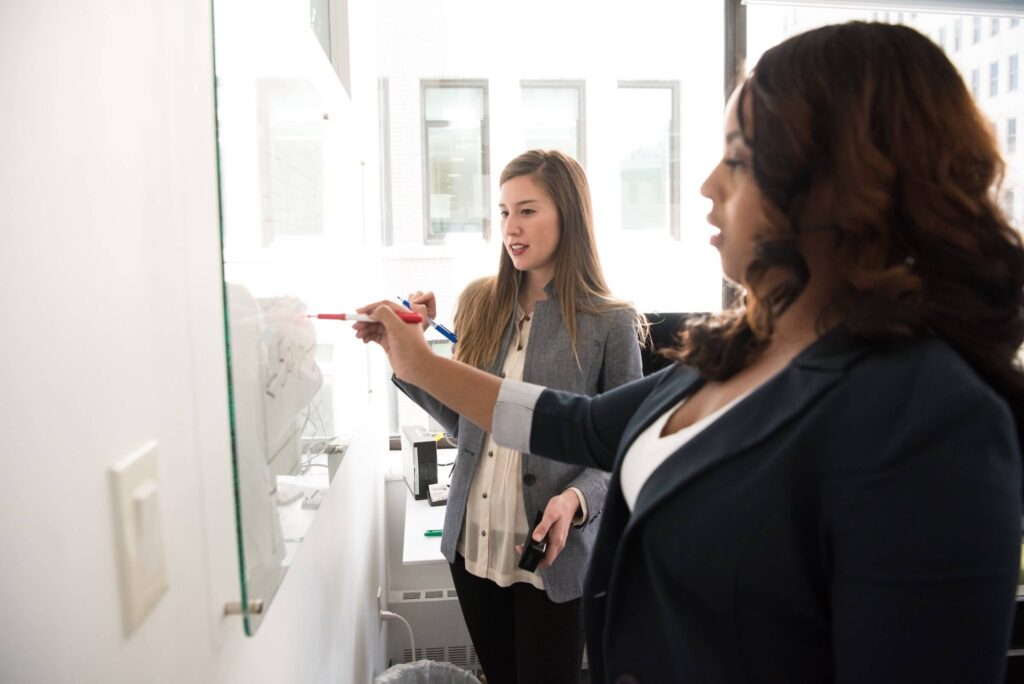Overview
During our May 2020 TechKnowCon Roundtable, Lyft was one of the three companies that presented. See what Jen Gilbert (the Tech Learning Manager for Lyft) had to say about creating a classroom quality learning experience using video conferencing.
As onboarding has shifted online for many companies, there’s been a trend of businesses trying to make the best out of a less-than-ideal situation. But Lyft has been taking a different approach to remote onboarding. They want to make remote onboarding the best product ever!
The flaw of remotework
Have you heard the term “skeuomorphic” before? Even if you haven’t, you’re probably familiar with the concept. Something that’s skeuomorphic is a digital interface that was designed to mimic something in real life. For example, you probably have a recycle bin on your computer for your deleted files.
Sometimes remote learning can feel a little skeuomorphic. People are trying to figure out how video conferencing can imitate a live classroom. But imitation is not equality. If you’re creating your remote learning like you’d create an in-person learning experience, you’re setting yourself up to fail. When mediums change, the learning has to change for it to still be successful.
Take classroom discussions, for example. In an in-person classroom, things can be awkward. But if you have a good facilitator, it feels natural. On the other hand, discussions remotely can be extremely uncomfortable. Between many having their microphones muted and there being less clarity on whose turn it is to speak, there can be a lot of friction. If you want to have a good discussion remotely, you have to design video conferencing for the medium.
Build the learning experience surrounding a better goal
So where do you start? How do you create something good for the medium? You have to start with the goal. Your objective should not be to create an identical or even similar experience to in-person learning. Instead, the goal of the video conferencing should be the same game as the classroom. Each student should be engaged in a meaningful, memorable way.
This is a great main goal, but you should also consider your supporting goals. t’s important that each student participates and demonstrates that they are absorbing the concepts. Each student should enjoy the learning process and feel connected not only to their peers but also to the faciliatory. The atmosphere should be more than just educational. It should be fun and relaxed!
Keep every individual engaged
The emphasis here is on each person. It’s not to engage the most dedicated or even most of those present in the online classroom. Instead, it’s for every single student to engage with the content and learn. In this way, the online learning experience imitates a conversation. Isn’t that the point of traditional classrooms? The format should be so engaging that people have to pay attention but also want to pay attention to it.
This is why having a live activity for every student is important. It should include personal engagement, not just be a passive multiple-choice question. Throughout each course, Lyft requires learners to engage by continuously clicking through the materials.
Lyft also uses a combination of group and solo work. There are even virtual trophies to reward them for interacting with the content!
A superior onboarding process
Remote learning does present a lot of unique challenges. But it doesn’t have to be any less successful than traditional in-person learning. Lyft proves that with its excellent virtual onboarding program!







